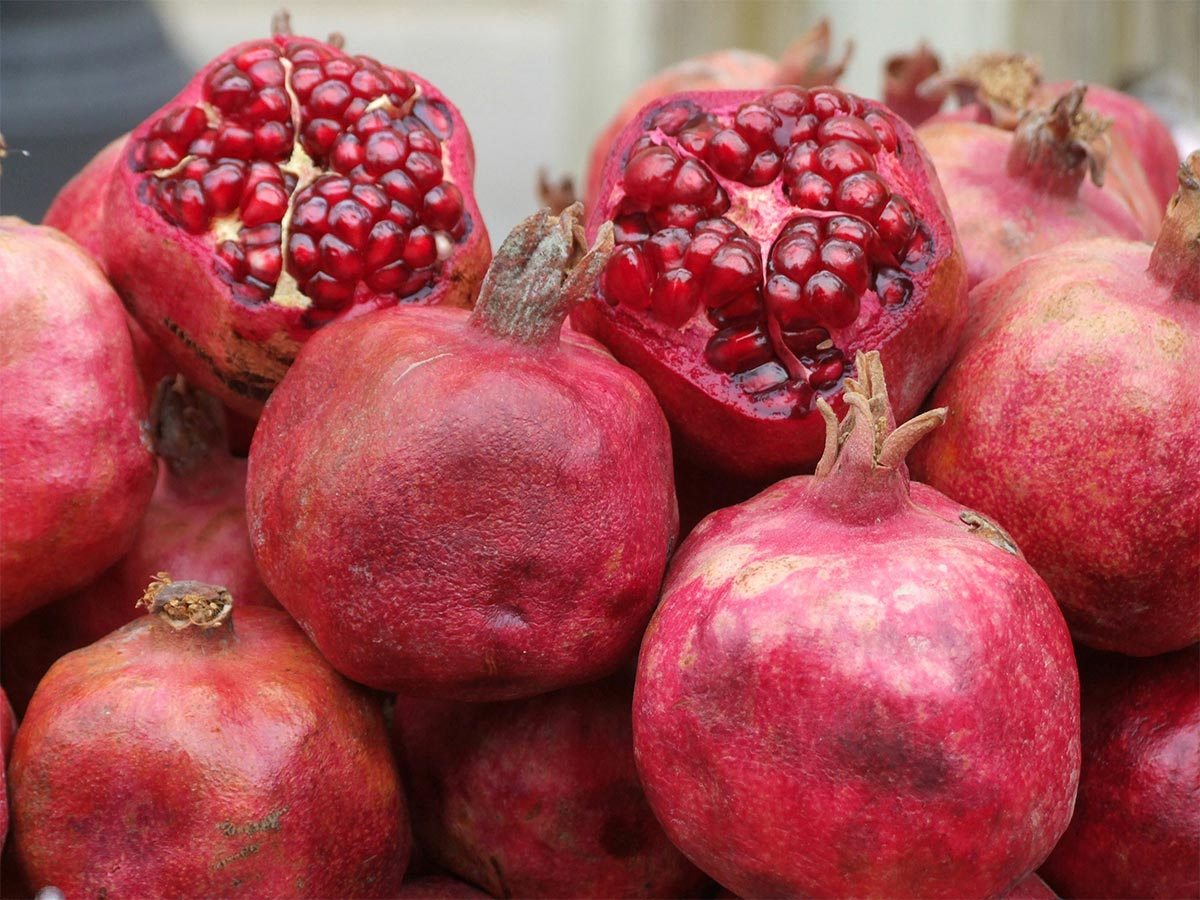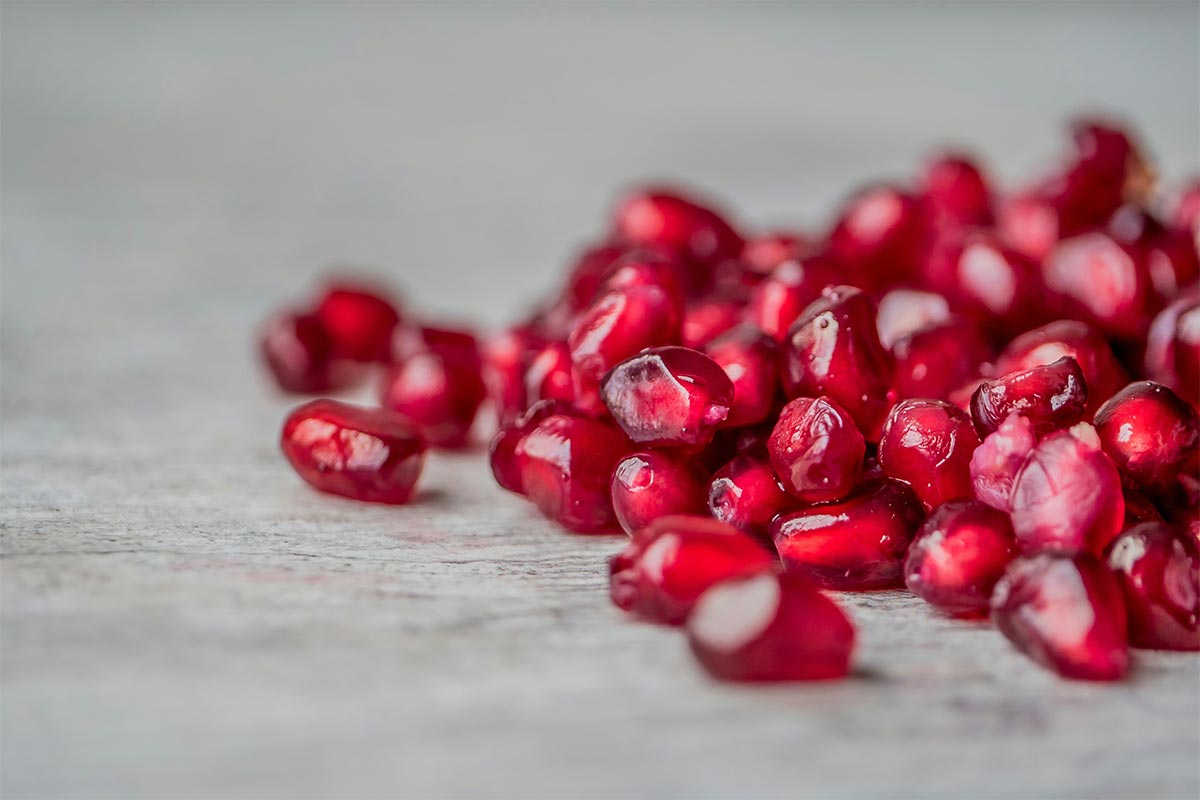Pomegranates: A Jewel of Persian Cuisine and Culture
A Symbol of Life and Abundance
Pomegranates have been a cherished fruit in Persian culture and cuisine for thousands of years. With their vibrant red seeds and sweet-tart juice, they symbolize fertility, life, and renewal. From ancient Persian poetry to modern-day cooking, pomegranates are more than just a fruit - they are a culinary and cultural icon.

A Key Ingredient in Persian Dishes
Pomegranates bring a perfect balance of sweetness and acidity, making them a versatile ingredient in Persian cooking. They are used in both savory dishes and desserts, adding bright, complex flavors.
Popular uses of pomegranates in Persian cuisine include:
- Fesenjan – A rich, slow-cooked stew made with walnuts and pomegranate molasses, offering a deep, tangy flavor.
- Ash-e Anar – A comforting pomegranate soup with lentils, herbs, and meatballs.
- Salads & Garnishes – Fresh pomegranate seeds add a juicy crunch to Persian salads and rice dishes.
- Sharbat-e Anar – A refreshing Persian pomegranate drink, often sweetened with honey or sugar.

Health Benefits of Pomegranates
Beyond their culinary appeal, pomegranates are packed with antioxidants, vitamins, and anti-inflammatory properties. They are known to support heart health, digestion, and immune function. In Persian traditional medicine, pomegranates are often considered a cooling fruit, perfect for balancing the body’s energy.
Why Pomegranates Deserve a Place in Your Kitchen
Pomegranates bring vibrancy, depth, and health benefits to any meal. Whether used as a key ingredient in Persian stews, a garnish for rice, or a refreshing drink, they are an essential part of Persian culinary tradition.


